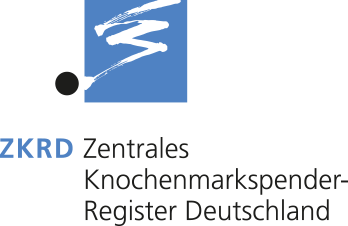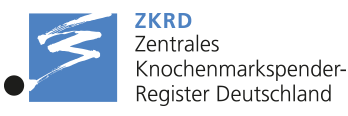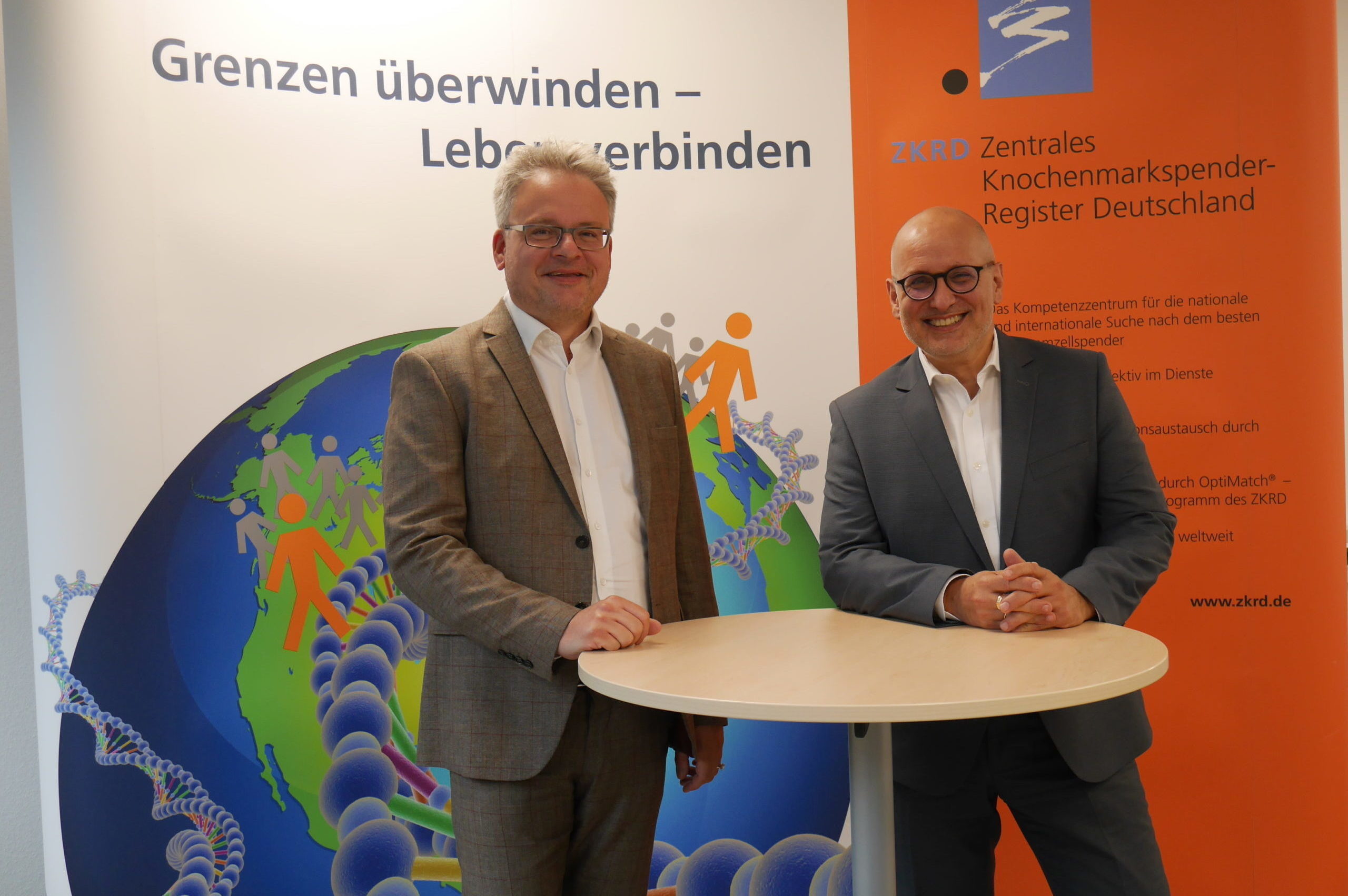Objectives & Goals
The German National Bone Marrow Donor Registry (ZKRD)
“Faster identification of the best donor worldwide” is the mission of the ZKRD. Using modern tissue matching methods, we search for a suitable donor as quickly as possible for every patient in need of a stem cell transplant from an unrelated donor. The ZKRD has one of the largest donor databases worldwide and is regarded as one of the world’s most efficient stem cell donor registries. As a center of excellence in this field, the ZKRD and its roughly 60-strong team coordinates and supports all the relevant processes – from donor search to transplantation.
You are currently viewing a placeholder content from YouTube. To access the actual content, click the button below. Please note that doing so will share data with third-party providers.
More InformationDonor database
The cornerstone of all matching activities is the ZKRD database, which holds the pseudonymized data of all voluntary donors in Germany who have been typed. They are therefore available to donate stem cells to patients anywhere in the world. The ZKRD database already contains over 9 million entries. These data sets must always be kept up to date. Every day, an average of 1,000 new donor profiles are added and over 2,000 data sets are updated.
Identification of suitable donors
On behalf of the search centers, our employees identify potentially suitable stem cell donors for thousands of German patients with blood cancer. In addition, around ten times as many search requests are processed each year for patients abroad. This is achieved with the aid of a software application which screens the data of all the donor profiles daily to identify a possible match for the respective patient, resulting in a list of eligible donors. The ZKRD then transmits the list of suitable donor profiles to the respective search center or foreign registry that requested the search. If a profile seems especially promising, the potential donor is contacted, and confirmatory typing requested. The donor’s blood will then be tested again in the laboratory originally responsible for analyzing the patient’s blood. This procedure means that for most patients in Germany a suitable donor can be identified within a few weeks.
International networking
Each new donor could offer the chance of a new life to a patient for whom a matching donor has not yet been found. The ZKRD has therefore been cooperating with other stem cell donor registries worldwide ever since it was founded. This includes the EMDIS network (European Marrow Donor Information System), where donor profiles, search requests and orders can be exchanged electronically. In the case of search requests, the cooperating registries have access not only to their own databases, but also to the data sets of the other members. At present, around 90% of all stem cell donors registered worldwide can be reached via EMDIS. The ZKRD has also developed such networks within the German stem cell donor system. Patient and donor data, laboratory requests and test results are thus exchanged between the ZKRD, search centers and donor centers.
Coordination of patient-related processes
Even after a suitable donor has been identified, the ZKRD, as a national center of excellence, continues to support its partners by offering complete work-up management – from the final decision on a specific donor to delivery of the blood stem cells to the transplant center. This process includes, among other things, coordinating appointments between the transplant center and donor center, organizing shipment, and billing the health insurance companies. Furthermore, the ZKRD provides an advisory service to its partners in addition to the documentation and central billing of all the services delivered in relation to the search and donation, thus guaranteeing maximum transparency.
Would you like to contact us?
We would be happy to assist you if we can. Simply use our contact form for your inquiry.
From typing to transplantation
Here you can find information about the process of a stem cell donation from the perspective of the patient and the donor at a glance.





